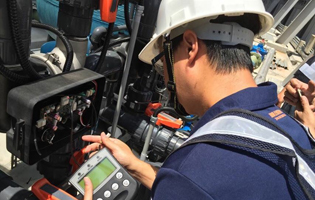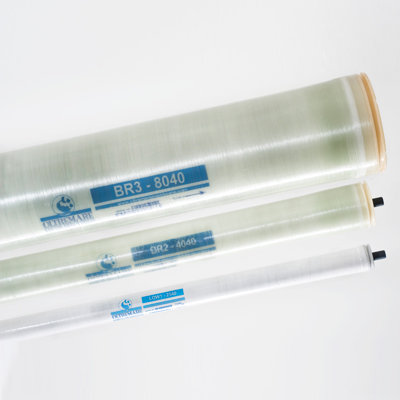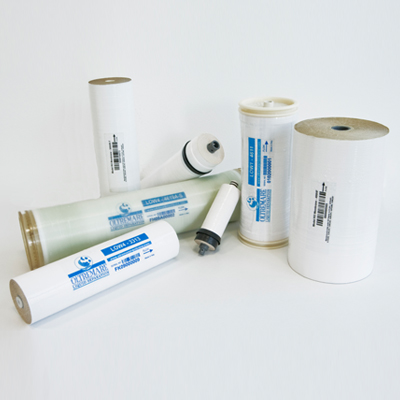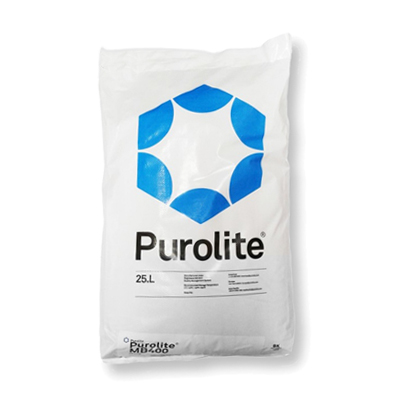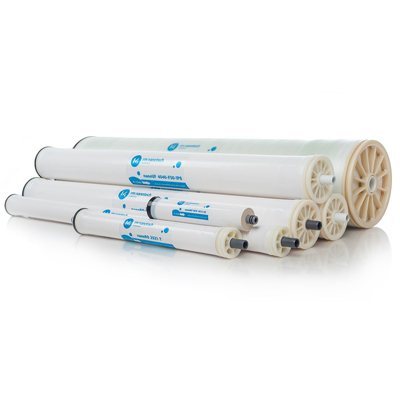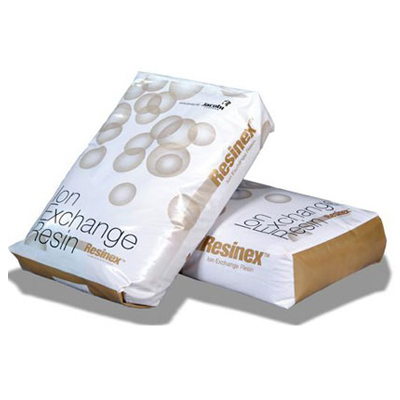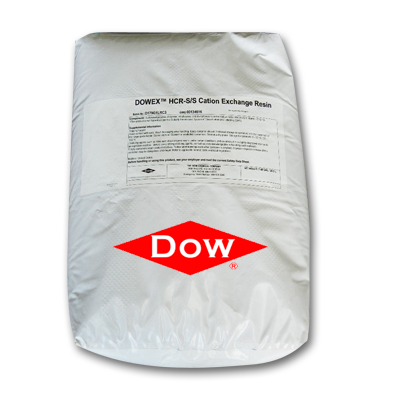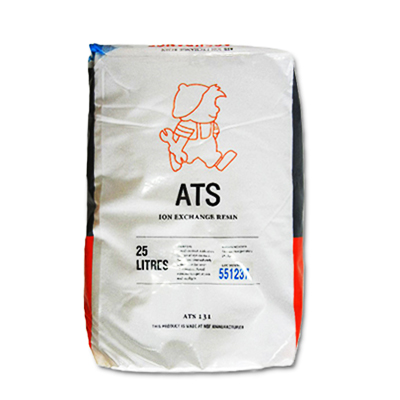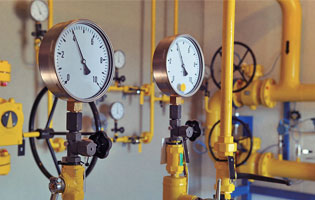PRODUCT INFORMATION
Chemical Terminology Education V
- front page
- product
- Injection treatment technology
- Technology Development Department
- Chemical Terminology Education V
Product Information
- heat treatment
-
water treatment
- Arsenic remover
- Desulfurizer
- Deaerator
- Water softener (calcium and magnesium ion removal)
- Carbon filter (removes odor and residual chlorine)
- Sand filter (removal of suspended impurities)
- Iron remover (removal of iron and manganese ions)
- RO water purifier
- Pre-backwash filter
- UV ultraviolet sterilizer
- Ion exchange resin
- reverse osmosis membrane tube
- quick filter
- Various tanks for water treatment
- Various application filter media
- 美國 Clack Clark control valve
- 美國 Fleck Control Valve
- 美國 Pentair Control Valve
- 美國 Autotrol Control Valve
- Runxin Control Valve
- Injection treatment
- Technology Development Department
-
brand
- Demo brand
- US DOW
- IDEX USA
- US CLACK
- EMERSON, USA
- American PENTAIR
- SIEMENS Germany
- American PULSAFEEDER
- Denmark DANFOSS
- Thailand HAYCARB
- France SUNTEC
- UK PUROLITE
- Japanese NOP
- Japan OLYMPIA
- Japan KATSURA
- BRAHMA, Italy
- SAGINOMIYA
- HONEYWELL
- AZBIL (YAMATAKE)
- OLTREMARE
- NIPCON
- TROCHOID
- domestic
- EGO
- KATO
- LECIP
- ATS
- JACOBI
- ETATRON
- WAVE CYBER
- BOSCHINI
- NIPPON
- WL
- CASH ACME
- YAZAKI
- RUNXIN
- About | Contact
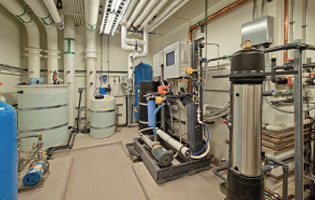
Chemical Terminology Education V
Technical explanation
| Fluidization: | When a flowing liquid hits a filter bed full of solid particles, it imparts some kinetic energy to each particle. The transferred kinetic energy guides the solid particles in the direction of the fluid flow. When the particles stick to each other and sit on the bottom of the container, it's because of Earth's gravity. So, if there is a fluid flow upwards through a filter bed of particles, and the kinetic energy of the fluid is transferred to the particles enough to overcome the earth's gravity and the mutual adhesion of the particles, the particles will become suspended in the fluid and become fluid. |
| Reverse osmosis flow rate (Flux): | This is a water treatment term commonly used for the rate of water flow through a reverse osmosis membrane. |
| Fouling: | The term fouling is used in water treatment technology to refer to solid matter that is blocked on the surface of reverse osmosis membranes or deposited in ion exchange resin particles. These solids can be suspended solids, small amounts of soluble salts, or biological growth. Contamination of reverse osmosis membranes will result in a decrease in the amount and quality of water produced, which can be recovered with appropriate cleaning chemicals. Contamination of the ion exchange resin can lead to loss of efficiency, which can be easily solved by replacing with a new resin. |
| 法國 unit (French Degree): | Used as a unit of measure to explain any dissolved substance, but it is most often used as a measure of hardness. It is often abbreviated to f degrees, which is equivalent to 10 mg/l calcium carbonate. See Hardness. |
| 德國 unit (German Degree): | Used as a unit of measure to explain any dissolved substance, but it is most often used as a measure of hardness. It is often abbreviated to degree d and corresponds to 17.9 mg/l calcium carbonate. "See Hardness". |
| Hardness: | Originally, hardness was defined as a measure of the ability to precipitate water out of soap made from fatty carbohydrate acids. These "soaps" will precipitate in water in the presence of calcium and/or magnesium ions. Today, hardness is used to describe the total concentration of calcium and magnesium, expressed as mg/L0= of calcium carbonate. Hardness is usually calculated by measuring the ionic concentration of calcium and magnesium using the following method: Hardness (mg CaCO3/L) = 2.497 x Ca (mg/L) = 4.118 x Mg (mg/L) |


